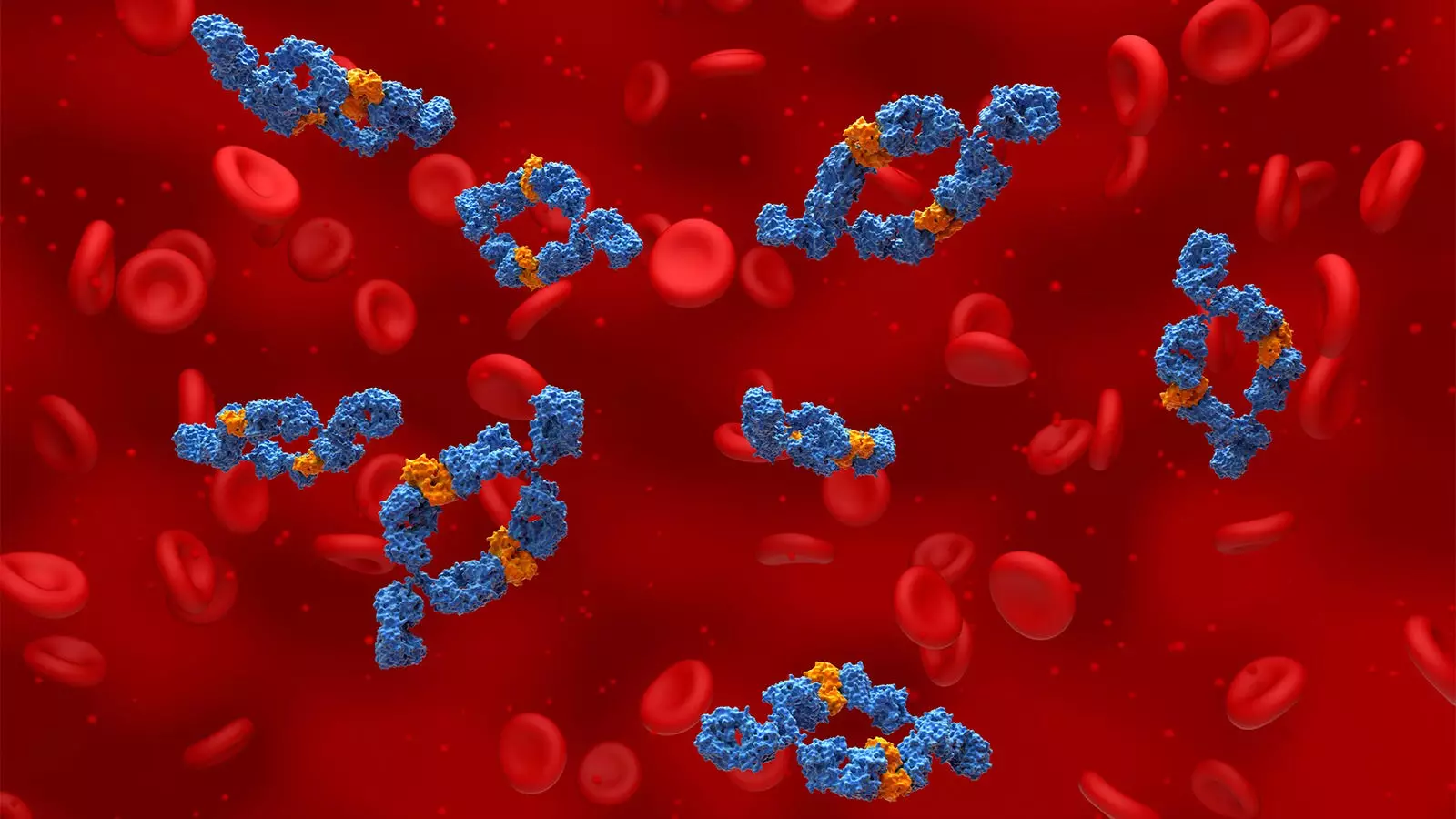Axial spondyloarthritis (axSpA) is a chronic inflammatory condition that primarily targets the spine and sacroiliac joints. It presents significant challenges not only in diagnosis but also in treatment. The disorder can manifest in two primary forms: radiographic axSpA, commonly recognized as ankylosing spondylitis, and non-radiographic axSpA. Both forms exhibit similar clinical features, leading to considerable overlap in patient symptoms and treatment responses. The burden of the disease is profound, as it compromises mobility, induces chronic pain, and impacts overall quality of life.
The clinical approach to managing axSpA focuses on alleviating pain and stiffness while curtailing the progression of the disease to prevent deformities. The Assessment of Spondyloarthritis International Society and the European League Against Rheumatism (ASAS-EULAR) have underscored the importance of a holistic treatment strategy, indicating that effective management necessitates both pharmacological and non-pharmacological interventions.
First-line treatment for axial spondyloarthritis typically involves nonsteroidal anti-inflammatory drugs (NSAIDs), although dosing may be adjusted to maximize their efficacy. However, the reality remains that not every patient finds relief through NSAIDs; some either do not respond or cannot tolerate these medications due to side effects.
In such cases, healthcare professionals turn to alternative treatments that include sulfasalazine, particularly when peripheral joints are involved alongside axial issues. Yet, the therapeutic arsenal extends further, incorporating biologic agents like tumor necrosis factor (TNF) inhibitors and interleukin (IL)-17 inhibitors, as well as Janus kinase (JAK) inhibitors. The recent FDA approval of bimekizumab, an IL-17A and IL-17F targeting agent, marks a significant milestone in treating both forms of axSpA. This advancement is particularly crucial at a time when treatment options have felt restricted.
The introduction of bimekizumab has sparked interest among rheumatologists, given its dual-targeting mechanism against pro-inflammatory cytokines. Clinical trials such as BE-MOBILE 1 and BE-MOBILE 2 substantiate its efficacy, showing significant improvements in patients suffering from both non-radiographic and radiographic forms of axSpA. Results indicated that a higher percentage of patients experienced improvement in their symptoms, which signifies the potential of bimekizumab to shift treatment paradigms.
Moreover, the studies suggest that bimekizumab may be particularly beneficial for patients who have had inadequate responses to TNF inhibitors. This is crucial given the heterogeneity of axSpA responses to treatment, highlighting that a one-size-fits-all approach does not suffice.
The selection of treatment—whether it involves TNF inhibitors, IL-17 inhibitors, or JAK inhibitors—often hinges on the presence of extra-articular symptoms. Experts are now examining the real-world implications of these treatments, as evidenced by a recent retrospective analysis that assessed the effectiveness of different drug classes from 2015 to 2023. Notably, findings revealed that JAK inhibitors were associated with higher rates of discontinuation compared to TNF and IL-17 inhibitors.
This observation prompts a critical analysis of treatment options, especially considering the recent insights about bimekizumab’s profile. While early data suggest equivalent or superior efficacy to existing options, the long-term safety outcomes and adherence rates remain paramount in establishing its role in the treatment landscape.
As the rheumatological community continues to navigate the intricacies of axSpA treatment, it becomes increasingly evident that continuous research and development are necessary. Ongoing and future studies are crucial not only to understand the nuanced differences between the therapeutic agents available but also to optimize treatment pathways that cater to individual patient needs.
The evolving treatment landscape for axSpA highlights a promising trajectory, particularly with the advent of dual-target therapies like bimekizumab. Primary goals align toward improving patient outcomes and enhancing the overall quality of life. Ultimately, the focus must remain on a multidimensional treatment approach, integrating pharmacological advancements with lifestyle modifications and patient education to truly manage this debilitating condition effectively.

